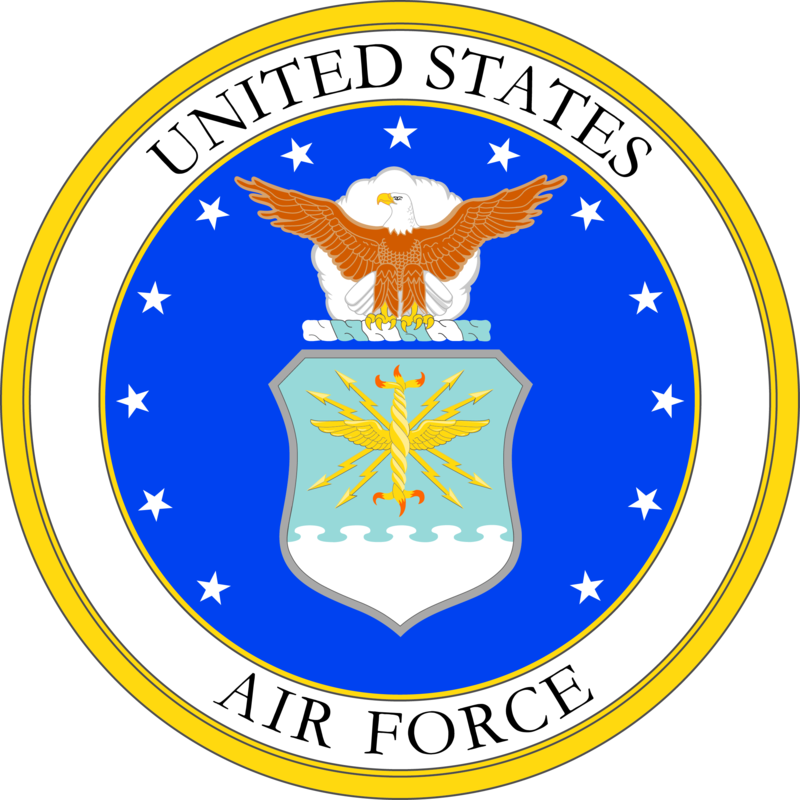ABOUT 670th Radar Squadron
- Establishment: The 670th Radar Squadron was activated on 1 June 1948, as part of the Air Defense Command’s efforts to establish a comprehensive early warning radar network during the early Cold War.
- Primary Mission: Its primary mission was to operate radar systems for the detection, tracking, and identification of aircraft, providing early warning and air defense for the United States against potential Soviet bomber attacks.
- Key Location: The squadron was most notably stationed at San Pedro Hill Air Force Station, California, a strategic site chosen for its commanding view over the Los Angeles area and Pacific approaches.
- Role in SAGE: Beginning in the late 1950s, the 670th became a component of the Semi-Automatic Ground Environment (SAGE) system, a groundbreaking computerized air defense network that integrated data from multiple radar sites.
- Technological Milestone: The squadron operated a variety of radar systems, including the AN/FPS-20 and AN/FPS-24, among the largest and most powerful search radars of their era.
- Cuban Missile Crisis: During the Cuban Missile Crisis in October 1962, the 670th Radar Squadron played a heightened alert role, scanning for any sign of hostile aircraft approaching from the Pacific.
- Unit Redesignations: Over its operational life, the squadron underwent several redesignations, reflecting changes in Air Force organization and the evolution of its mission.
- Deactivation: The squadron was finally inactivated on 1 April 1976, as advances in technology and shifts in defense strategy reduced the need for many continental radar squadrons.
- Legacy: The site of the former San Pedro Hill radar station remains in use today for FAA air traffic control and telecommunications, preserving the legacy of the 670th’s contributions.
- Veterans and Community: Alumni of the 670th Radar Squadron maintain active associations and social groups, sharing stories and preserving the memory of their Cold War service.



